Sometimes you might want to delay the execution of your code.
You may need certain lines of code to execute at a point in the future, when you explicitly specify, rather than all the code executing synchronously.
Something like that is possible with JavaScript.
In this article, you will learn about the setTimeout() method – what it is and how you can use it in your programs.
Here is what we will cover in this quick guide:
- What is
setTimeout()in JavaScript - JavaScript
setTimeout()syntax - How to wait N seconds in JavaScript
setTimeoutvssetInterval- What is the difference?
What is setTimeout() in JavaScript?
The role of setTimeout(), an asynchronous method of the window object, is to set a timer that will execute an action. That timer indicates a specific moment when there will be a trigger for that particular action.
Since setTimeout() is part of the window object, it can also be written as window.setTimeout(). That said, the window prefix is implied and therefore is usually omitted and not specified.
The setTimeout() Method - A Syntax Overview
The general syntax for the setTimeout() method looks like this:
setTimeout(function_name, time);
Let's break it down:
setTimeout()is a method used for creating timing events.- It accepts two required parameters.
function_nameis the first required parameter. It is the name of a callback function that contains the code you want to execute. The name of the function acts as a reference and pointer to the function definition that contains the actual block of code.timeis the second required parameter, and it is defined in milliseconds (for reference,1 second = 1000 milliseconds). It represents the specified amount of time the program has to wait for the function to be executed.
Overall, this means that setTimeout() will execute the code contained in a given function once, and only after a specified amount of time.
At this point, it is worth mentioning that instead of passing a function name, you can pass an anonymous function to setTimeout().
This is convenient when the function doesn't contain many lines of code.
Anonymous function means that you embed the code directly as the first parameter in setTimeout(), and don't reference the function name like you saw above.
setTimeout(function() {
// function code goes here
}, time);
Another thing to note is that setTimeout() returns a timeoutID – a positive integer that identifies the timer created by setTimeout().
Later on you will see how the value of timeoutID is used with the clearTimeout() method.
How To Wait N Seconds In JavaScript
Let's take a look at an example of how setTimeout() is applied:
//this code is executed first
console.log("Where can I learn to code for free and get a developer job?");
// this line indicates that the function definition will be executed once 3ms have passed
setTimeout(codingCourse, 3000);
//function definition
function codingCourse() {
console.log("freeCodeCamp");
}
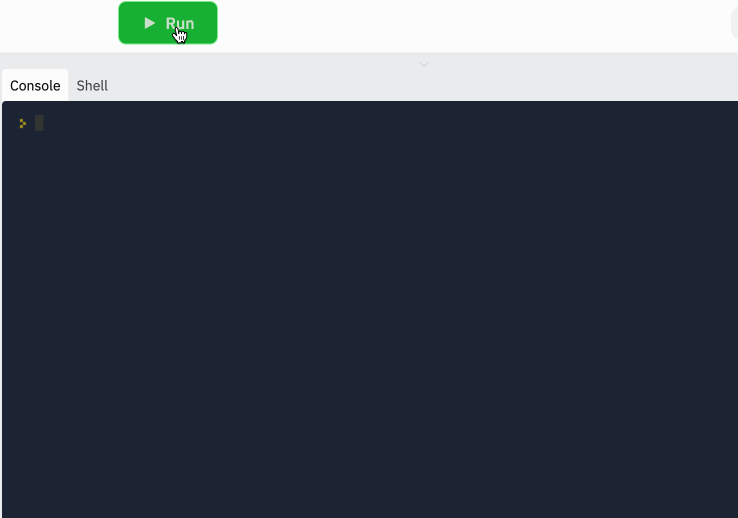
JavaScript code is executed from top to bottom.
The first line of code, console.log("Where can I learn to code for free and get a developer job?");, is executed immediately once I press run.
The second line of code indicates that there needs to be a scheduled delay of 3000ms (or 3 seconds) before the code in the codingCourse() function is executed.
Once the 3000ms have passed, you see that the code inside the function (console.log("freeCodeCamp")) executes successfully.
Let's take a look at another example:
console.log("Good Morning!");
setTimeout(function() {
console.log("Good Night!");
}, 1000);
console.log("Good Afternoon!");
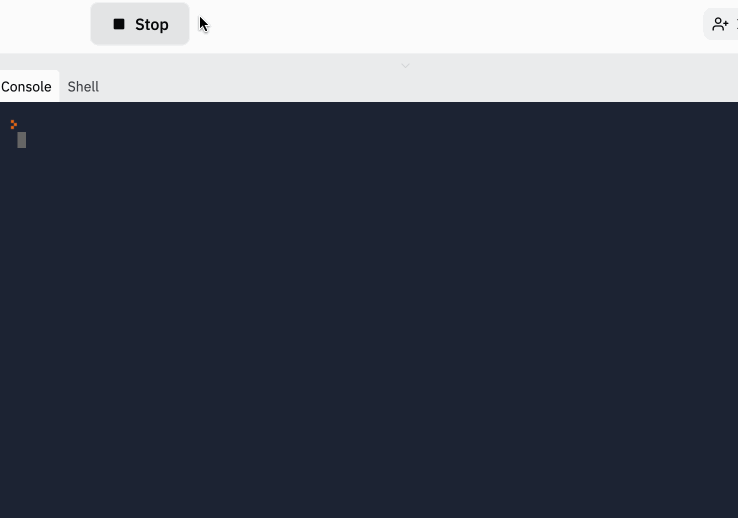
In the example above, the first line of code, console.log("Good Morning!");, executes immediately.
So does the line console.log("Good Afternoon!");, even though it is the last line of code in the file.
The code in setTimeout() indicates that there needs to be a one-second delay before it runs.
However, during that time, the execution of the rest of the code in the file is not put on hold.
Instead, that line is skipped for the time being, and the line console.log("Good Afternoon!"); is executed.
Once that one second has passed, the code in setTimeout() runs.
You can also pass further optinal parameters to setTimeout().
In the example below, the greeting function accepts two argumnets, phrase and name.
function greeting(phrase,name) {
console.log(`${phrase}, my name is ${name}` );
}
setTimeout(greeting, 3000,"Hello world","John Doe");
Those are then passed to the setTimeout() method, and there will be a delay of 3 seconds once the function is called:
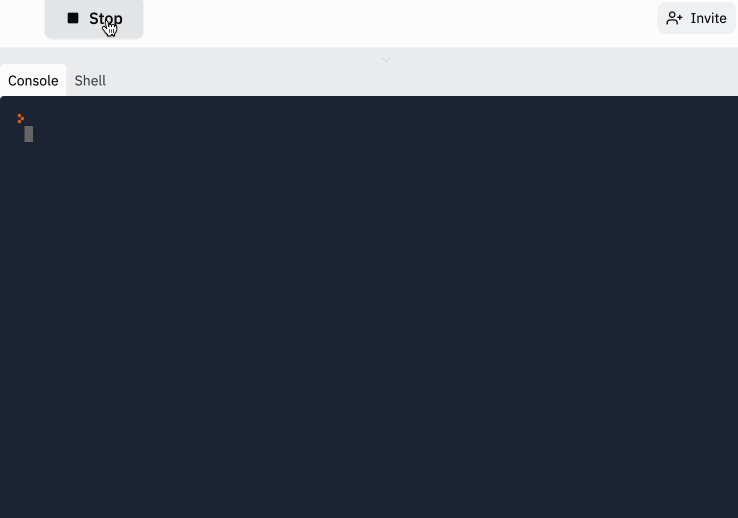
How to Use the clearTimeout() Method in JavaScript
What if you want to cancel the timing event you have already created?
You are able to stop the code in setTimeout() from running by using the clearTimeout() method. Here is where the timeoutID mentioned earlier comes in handy.
The general syntax for clearTimeout() is the following:
clearTimeout(timeoutID)
The way this works is that you have to save the timeoutID, that is returned with every setTimeout() call, to a variable.
Then, timeoutID is used as a parameter to clearTimeout(), as seen below:
let timeoutID = setTimeout(function(){
console.log("Good Night");
}, 2000);
clearTimeout(timeoutID);
console.log("Good Morning!");
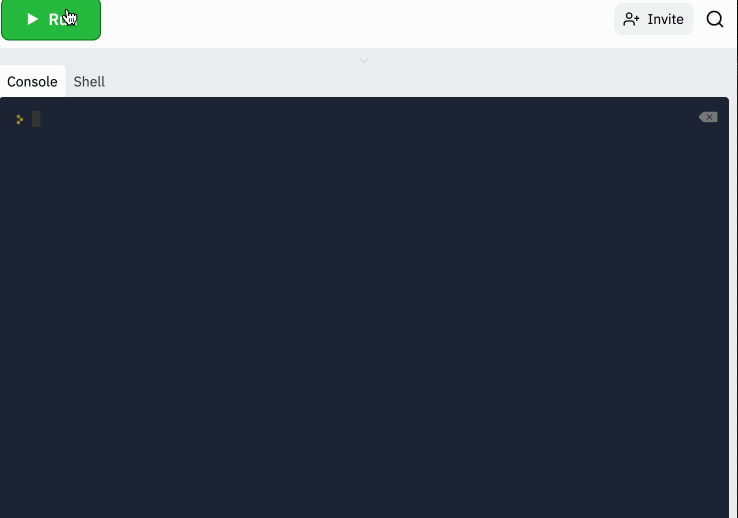
Now, the code in setTimeout() will not execute.
What Is the Difference Between setTimeout and setInterval ?
setTimeout() and setInterval() have very similar syntax.
Here is the syntax for setInterval():
setInterval(function_name, time);
However, it's not a good idea to use them interchangeably since they work in different ways.
setTimeout() triggers an action once, whereas setInterval() triggers an action repeatedly.
In the example below, the function codingCourse is called every three seconds:
console.log("Where can I learn to code for free and get a developer job?");
setInterval(codingCourse, 3000);
//function definition
function codingCourse() {
console.log("freeCodeCamp");
}
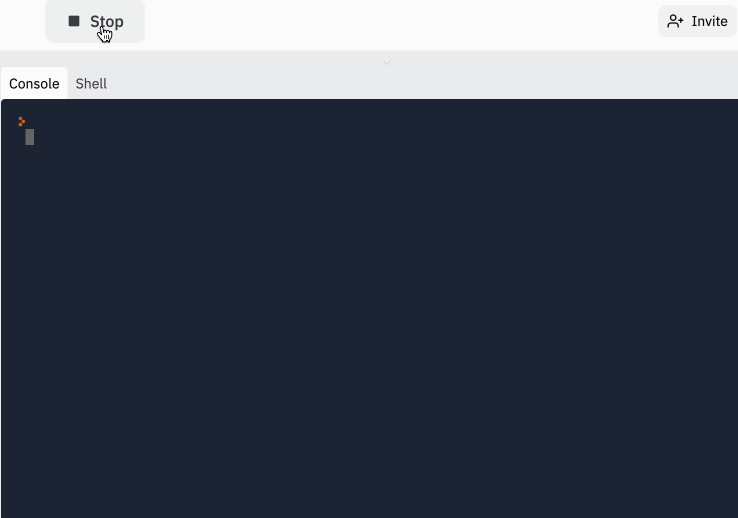
setInterval() is a good choice for when you want to repeat something regularly.
Conclusion
And there you have it! You now know the basics of how setTimeout() works and how to create timing events in JavaScript.
To learn more about JavaScript, head over to freeCodeCamp's JavaScript Algorithms and Data Structures Certification.
It's a free, well-thoughtout, and structured curriculum where you will learn interactively. In the end, you will also build 5 projects to claim your certification and solidify your knowledge by putting your new skills to practice.
Thanks for reading!

